Visual discrimination skills Normal Worksheets for Ages 3-5
5 filtered results
-
From - To
Develop your child's visual discrimination skills with our engaging worksheets designed for ages 3-5. These expertly crafted activities help young learners identify differences and similarities in various shapes, patterns, and objects, enhancing critical thinking and attention to detail. Perfect for early childhood education, our worksheets provide a fun and interactive way for preschoolers to not only boost their visual skills but also improve concentration and cognitive development. Download today and support your child's learning journey while making education an enjoyable experience! Discover more at Kids Academy and unlock your child's potential.
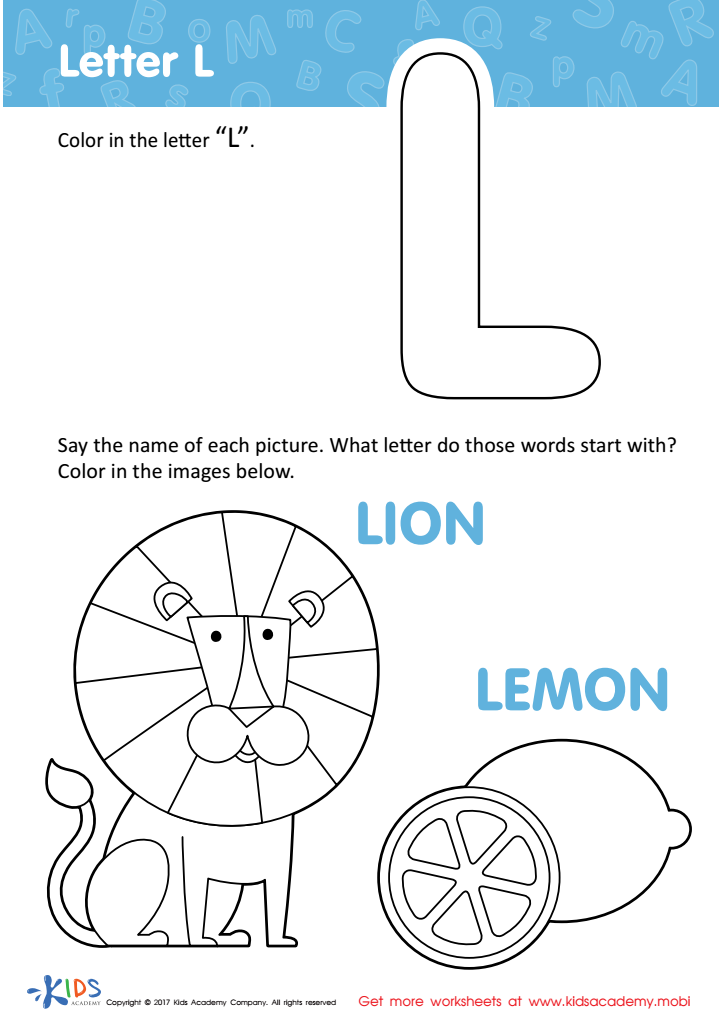

Letter L Coloring Sheet


Find Uppercase Letters A, B, and C Worksheet
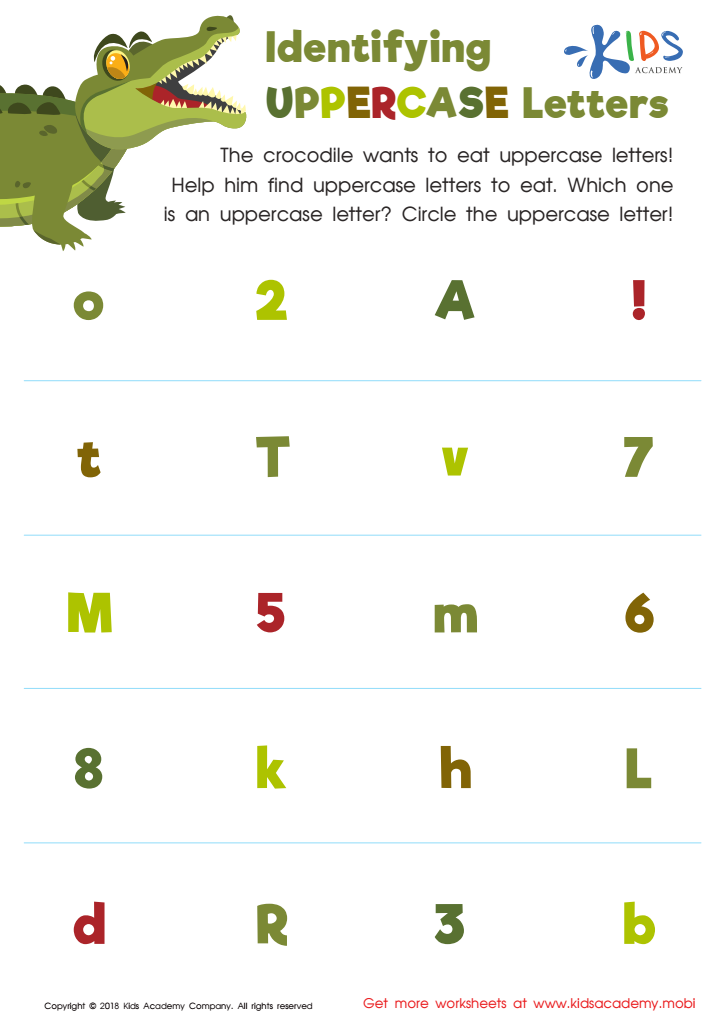

Identifying Uppercase Letters Worksheet
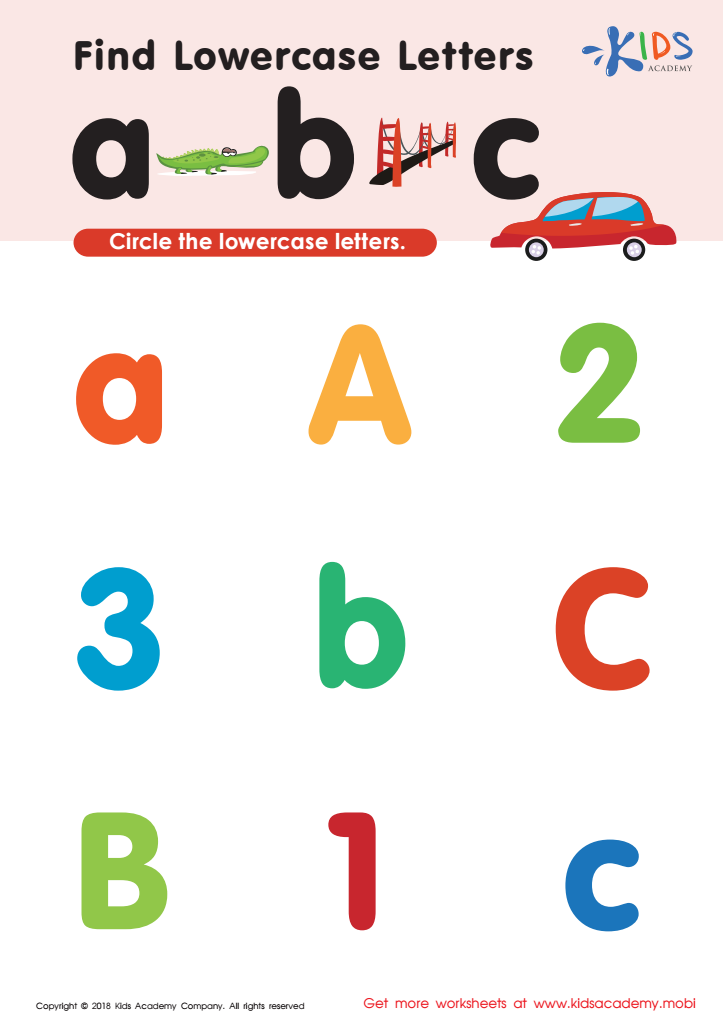

Find lowercase letters a b c Worksheet
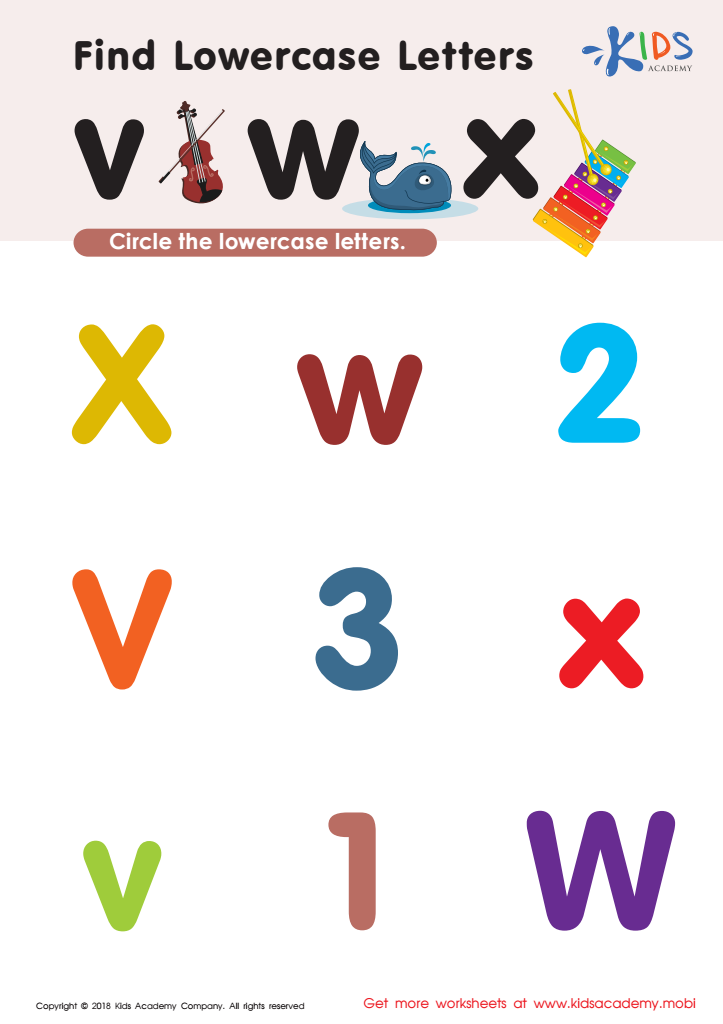

Find Lowercase Letters v w x Worksheet
Visual discrimination skills are essential foundational abilities for children aged 3-5, significantly impacting their academic and everyday life success. These skills involve the capacity to notice and differentiate visual stimuli such as shapes, colors, patterns, and sizes. For young learners, proficient visual discrimination is crucial for several reasons.
Firstly, these skills aid in the development of early literacy. Recognizing differences and similarities in letters and words is fundamental for reading. Children with strong visual discrimination can distinguish between similar letters such as 'b' and 'd' or 'p' and 'q,' facilitating smoother reading development.
Secondly, visual discrimination supports mathematical understanding. Being able to identify and compare different numbers and shapes is vital for counting, sorting, and recognizing patterns, all of which are foundational for future mathematical learning.
Socially and emotionally, these skills contribute to children’s ability to understand their environment and interact effectively. Noticing subtle cues in facial expressions and body language helps in interpreting social situations accurately, fostering better interpersonal relationships.
Lastly, poor visual discrimination can lead to frustration and decreased self-confidence in learning activities. By paying attention to and supporting the development of visual discrimination skills, parents and teachers ensure children are better prepared for more complex learning tasks, and foster a positive attitude toward learning at an early age.
 Assign to My Students
Assign to My Students





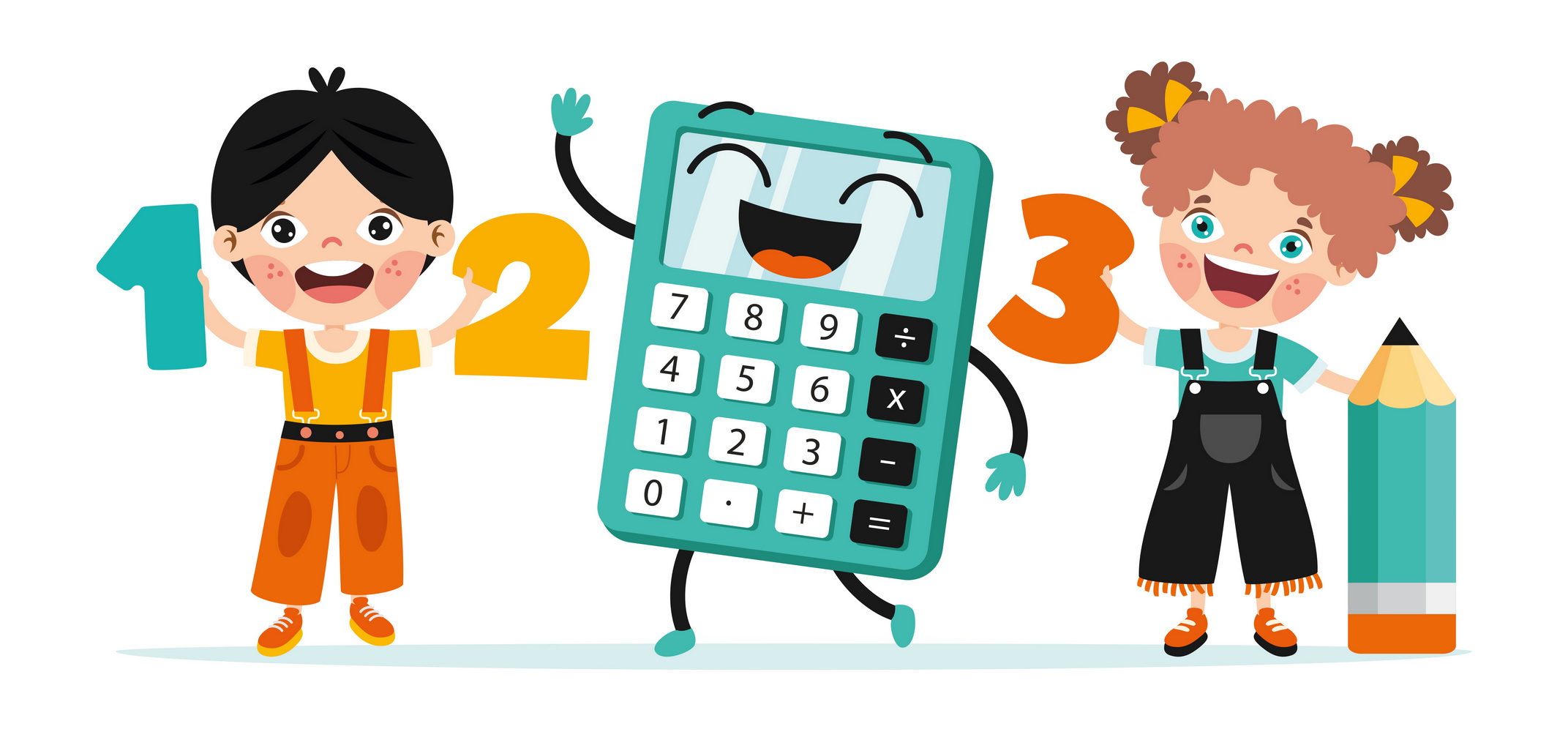
.jpg)














